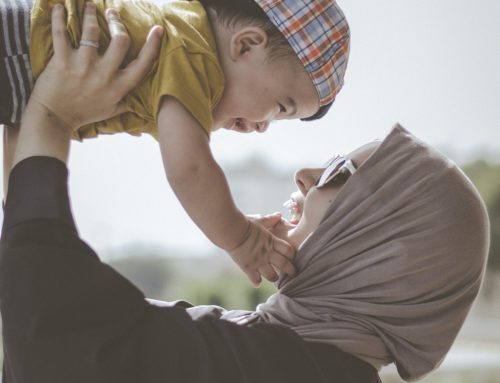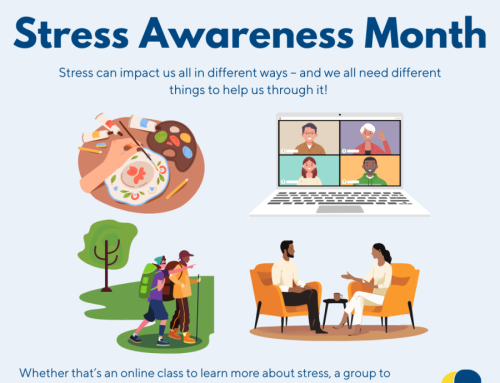‘Parity of Esteem’ is essentially: ‘Valuing mental health equally with physical health’.
More fully, parity of esteem means that, when compared with physical healthcare, mental healthcare is characterised by:
- Equal access to the most effective and safest care and treatment
- Equal efforts to improve the quality of care
- The allocation of time, effort and resources in proportion to need
- Equal status within healthcare education and practice
- Equally high aspirations for service users; and
- Equal status in the measurement of health outcomes
An example of the disparity between mental and physical health:
If you fall down and break your hip, an ambulance will be with you in eight minutes to give emergency care at the scene before taking you to A&E. If, however, you suffer an acute
psychotic episode in the street, you are just as likely to be attended by a police car and taken to a cell.
Over the past year Sarah So from the community development team has been working on producing a report to:
- Highlight and review national and local information in relation to the parity of mental health and physical health and its impact upon Black and Minority Ethnic (BME) groups.
- Consider data and information with a view to assessing any potential differences between the general population and BME groups in Leeds.
- Highlight key findings arising from the review of national and local research papers/reports.
- Propose recommendations improving better linkages between physical and mental health with a particular focus on meeting the needs of BME communities.
What we found:
- Nationally, there are very limited reports and research which explore or promote parity between physical and mental health. Some information such as the Health Survey for England does provide information that physical health problems tend to increase due to mental ill health.
- There is no national or local research that jointly considers the physical and mental health needs of BME groups, and more significantly nothing on how the interaction between physical and mental health further compounds health inequalities experienced by BME groups.
- There is some evidence that BME people with serious mental health disorders have a significantly higher risk of poor physical health and premature mortality compared to the general population. However, policy makers have not considered integrated solutions via the ‘parity of esteem’ principle.
- Evidence suggests that higher levels of poor mental health and wellbeing and mental illness are inextricably linked with deprivation which tends to have higher concentrations of BME groups. 28% of people with severe mental illness live in the most deprived areas of Leeds compared to people who live in the least deprived areas which is only 14% (Mental Health Needs Assessment 2011).
- Work undertaken by third sector community health organisations demonstrates that at a grass roots level there seems to be greater operational linkages with physical and mental health, focussed on meeting the health needs of local communities.
Next Steps:
Sarah’s report has now provided CDS with the background for a new project to be led by Vanysha Sahota which will work towards responding to the recommendations Sarah gives:
- More local work is needed to promote parity between physical and mental health agendas and its impact on BME groups.
- Establish robust mechanisms for assessing mental health patients for physical comorbidities, and offering regular health checks and appropriate treatments.
- More detailed research required to ascertain how community based third sector health organisations in Leeds are meeting ‘Parity of Esteem’ outcomes by integrating physical and mental health service provision with a particular focus on BME groups.
- Establish better systems for collating and sharing integrated physical and mental health data across the city with a particular focus on intelligence related to local BME communities who have the greatest needs and the poorest mental health outcomes.
- Sustained engagement with BME groups in order to gather a better community perspective which complements any formal research and intelligence.
- Raise awareness of the Parity of Esteem agenda amongst BME mental health service users and communities.
- A training programme to be considered targeting local mental health practitioners with the aim of promoting greater integrated physical and mental health outcomes for BME groups.
Downloads
- BME Health Disparity slides
- Parity of Mental Health and Physical Health needs of BME Communities
- Summary of Parity of Esteem Report





